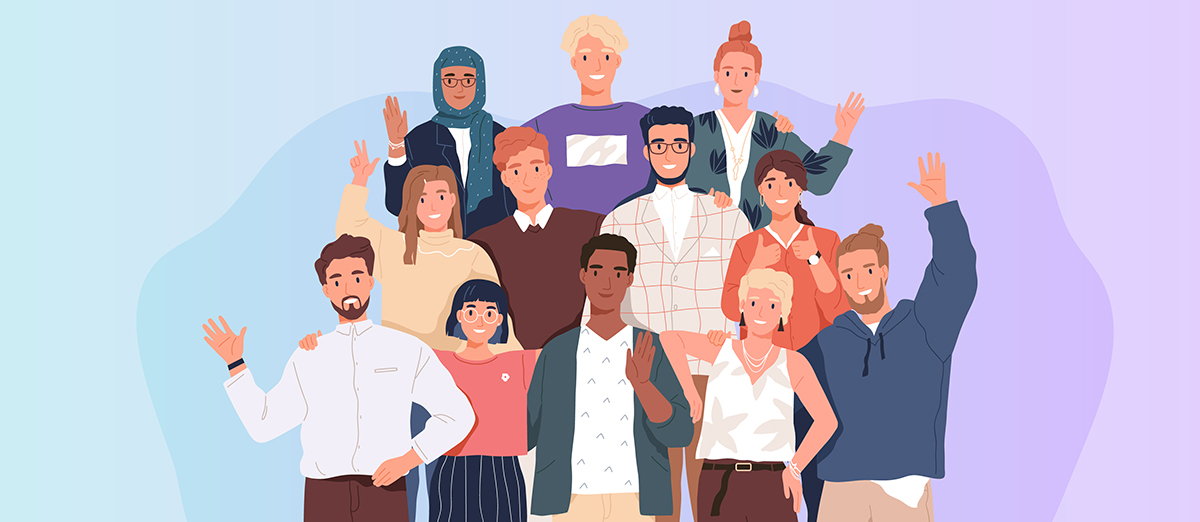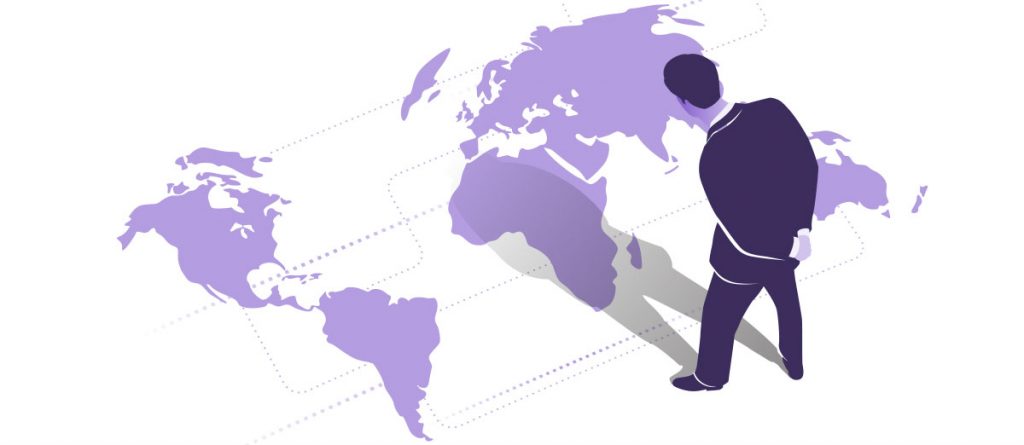
Like many of you, the team at Diversity Atlas are taking time during the disruption caused by the COVID-19 to look outwards, seeking out new ideas and inspiration from contributions to the ongoing conversation about diversity and inclusion that remain as valid now as ever.
This week we’d like to give a bit more prominence to some of the most interesting and insightful stories and viewpoints on diversity and inclusion which give food for thought.
Who’s left behind by the shift to remote work?
The New York Times reports on what happens when the shift to working from home under COVID-19 lockdowns collides with the reality of unequal pay and unequal burdens of domestic labour between men and women. Just all the more —and why we at Diversity Atlas have developed our COVID-focused inclusion survey to help organisations understand how the shift to remote working impacts on members of a diverse team differently.
How diversity heaven can be inclusion hell
The New York Times reports on what happens when the shift to working from home under COVID-19 lockdowns collides with the reality of unequal pay and unequal burdens of domestic labour between men and women. Just all the more —and why we at Diversity Atlas have developed our COVID-focused inclusion survey to help organisations understand how the shift to remote working impacts on members of a diverse team differently.
In this widely-shared TedTalk, Fadzi Whande talks about her identity growing up as a black Zimbabwean with an American accent. Discussions around diversity and inclusion often focus on policies and strategies to create more inclusive spaces. Fadzi argues that diversity should not be the destination or focus and each of us should instead make inclusion our personal responsibility.
What happens when white women become the face of diversity
Ensuring gender equity in your organisation is necessary, but not sufficient, element in achieving inclusion. That’s the takeaway from Maryann Reid’s perspective in Forbes about how unconscious bias results in white women being hired over women of colour for senior positions due to the composition of mostly white men on corporate boards.
Going beyond lip service in diversity and inclusion
Sometimes, a perfunctory diversity and inclusion strategy is worse than no strategy at all. At CNN, Julia Carpenter writes about how employees are tired of their companies paying lip service to diversity—leading to what’s known as “diversity fatigue”. When team members who feel excluded see their employer’s diversity initiatives as window-dressing, it has the potential to undermine trust and engagement, Carpenter writes.
The bosses that interrupt bias
A leader equipped with the knowledge to recognise exclusion and unconscious bias can be instrumental in disrupting damaging ways of working. Joan C. Williams and Sky Mihaylo write in the Harvard Business Review about how the best bosses interrupt bias on their teams: “Although bias itself is devilishly hard to eliminate, it is not as difficult to interrupt”, they write, identifying “ways that managers can counter bias without spending a lot of time—or political capital.”
Understanding sexual orientation as a key part of workforce diversity
In this Diversity Atlas blog, our team shares 3 simple tips for getting better sexual orientation data, an essential part of mapping your organisation’s diversity profile. The key things to remember are: that sexual orientation data shouldn’t be simplified; that data should be secure, and that questions about sexual orientation should be asked with credibility and trust.

Why data matters
So how do we translate what we learn from these perspectives into new thinking on our own organisation’s diversity and inclusion journey? Research widely shows that diversity in a workforce can be a source of creativity and innovation, expertise and insights into target clientele/audiences, and improved productivity. But mismanaging diversity through exclusionary practices can impact team performance, create employee disengagement and overlook business opportunities. By analysing data on language, religion/worldviews, countries of birth and ethnicity, Diversity Atlas provides businesses and orgs with the tools to thrive and unlock new opportunities in a diverse and globalising world.
Share this Post